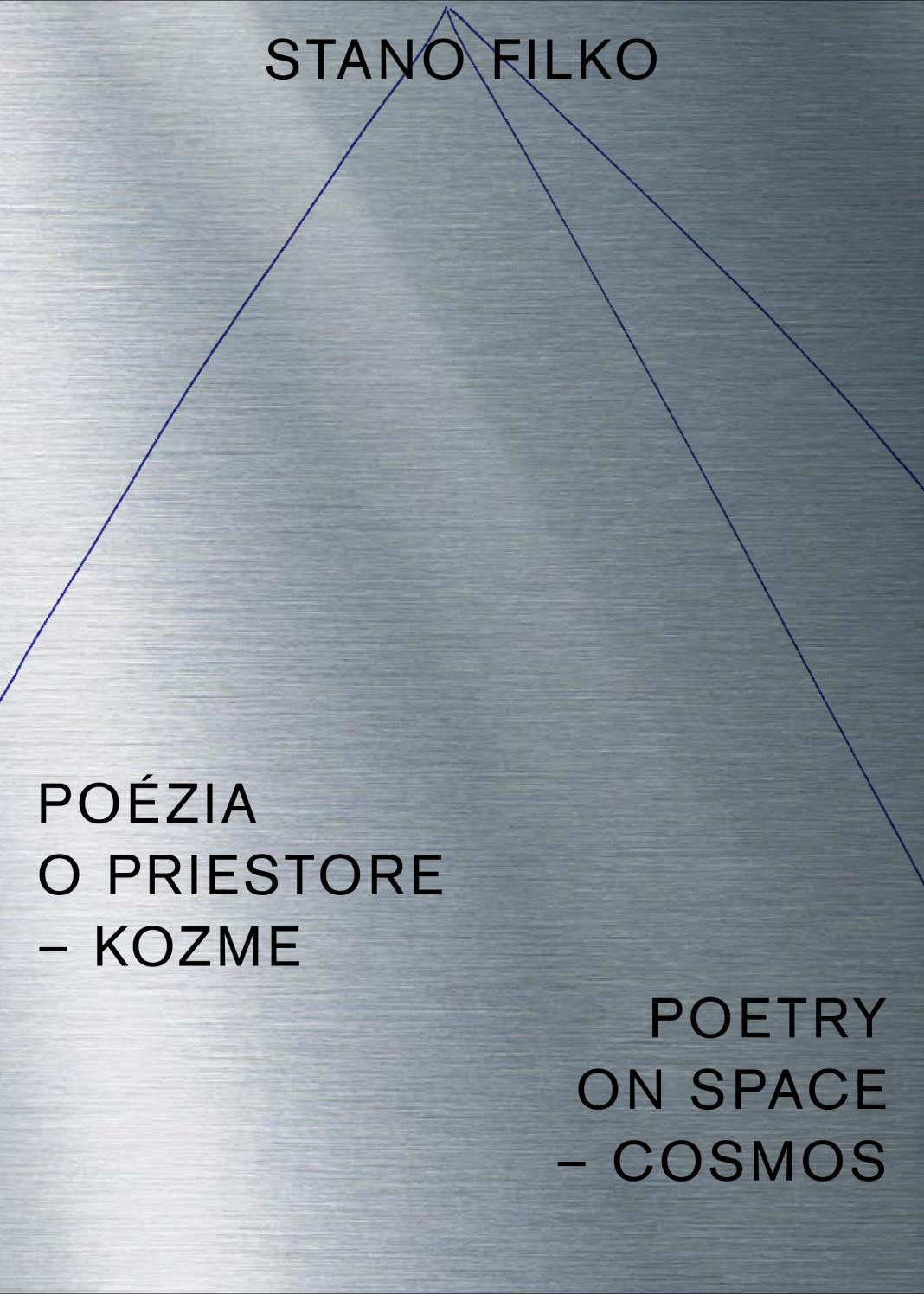Pier Paolo Pasolini: The Divine Mimesis (1975–) [ES, EN]
Filed under poetry | Tags: · 1960s, italy, poetry

“Written between 1963 and 1967, The Divine Mimesis, Pasolini’s imitation of the early cantos of the Inferno, offers a searing critique of Italian society and the intelligentsia of the 1960s. It is also a self-critique by the author of The Ashes of Gramsci (1957) who saw the civic world evoked by that book fading absolutely from view. By the mid-1960s, Pasolini theorized, the Italian language had sacrificed its connotative expressiveness for the sake of a denuded technological language of pure communication. In this context, he projects a ‘rewrite’ of Dante’s Commedia in which two historical embodiments of Pasolini himself occupy the roles of the pilgrim and guide in their underworld journey.
Densely layered with poetic and philological allusions, and illuminated by a parallel text of photographs that juxtapose the world of the Italian literati to the simple reality of rural Italian life, this narrative was curtailed by Pasolini several years before he sent it to his publisher, a few months prior to his murder in 1975. Yet, many of Pasolini’s projects took the provisional form of “Notes toward…” an eventual work, such as Sopralluoghi in Palestina (Location Scouting in Palestine), Appunti per una Oresteiade africana (Notes for an African Oresteia), and Appunti per un film sull’India (Notes for a Film on India). The Divine Mimesis has a kinship to these filmic works as Pasolini himself ruled it ‘complete’ though still in a partial form.
Written at a turning point in his life when he was wrestling with his poetic ‘demons,’ the true center of gravity of Pasolini’s Dantean project is the potential of poetry to teach and probe, ethically and aesthetically, in reality. “I wanted to make something seething and magmatic,” Pasolini declared, “even if in prose.”
In this first English translation of Pasolini’s La divina mimesis, Italianist Thomas E. Peterson offers historical, linguistic, and cultural analyses that aim to expand the discourse about an enigmatic author considered by many to be the greatest Italian poet after Montale.”
First published as La divina mimesis, Einaudi, Turin, 1975.
English edition
Translated by Thomas Erling Peterson
Publisher Double Dance Press, Berkeley, 1980
139 pages
HT Ken, via c0st1c
Review: Thomas Sanfilip (Literary Yard 2016).
Commentary: Manuele Gragnolati (2012).
Publisher (2014 EN edition)
WorldCat (EN)
La divina mímesis (Spanish, trans. Julia Adinolfi, 1976)
The Divine Mimesis (English, trans. Thomas Erling Peterson, 1980, 4 MB)
Introduction to 2014 edition of EN translation
Stano Filko: Poetry on Space – Cosmos (2016) [Slovak/English]
Filed under catalogue | Tags: · art, cosmology, neo-avant-garde, space, time

Stano Filko (1937-2015) was a key figure in the Slovak neo-avant-garde, associated primarily with environment, installation, happening, and action. In his work he developed a cosmology structured by three principles: red (biology, eroticism, life, 3D), blue (cosmos, the unknown, 4D), and white (transcendence, God, 5D). He spent the 1980s as an émigré in the United States.
This catalogue documents an exhibition focusing on his work from the 1960s-70s, held at the Slovak National Gallery in Bratislava from June-September 2016.
Edited by Lucia Gregorová Stach and Aurel Hrabušický
Publisher Slovak National Gallery, Bratislava, 2016
ISBN 9788080591977
97 pages
PDF (6 MB, updated on 2016-8-22)
Issuu
Audio guide for the exhibition (Slovak/English, added on 2016-8-22)
Ernst Cassirer: Form and Technology (1930–) [DE, EN]
Filed under paper | Tags: · philosophy, philosophy of technology, technology, theory
“Ernst Cassirer’s outline of a philosophy of technology in the essay ‘Form und Technik’ (1930) was written against the background of the crisis of modernity in the Weimar Republic. It may be read, along with Heidegger’s ‘The Question Concerning Technology’, as a continuation of their debate in Davos in 1929. However, Cassirer’s unnamed antagonist here is Oswald Spengler, in whom Cassirer saw a leading representative of the widespread irrational and fatalistic interpretations of modernity that threatened the future of the Weimar Republic. Cassirer’s reading of the disclosive, liberating possibilities of technology points to an affinity between modern technology and art as opposed to the affinity between ancient technology and art that Heidegger discerns in the original conception of techne.” (David Roberts, 2012).
First published in Kunst und Technik, ed. Leo Kestenberg, Berlin: Wegweiser, 1930, pp 15-61.
Reprinted in Cassirer, Symbol, Technik, Sprache. Aufsätze aus den Jahren 1927–1933, eds. Ernst Wolfgang Orth and John Michael Krois, Hamburg: Meiner, 1985, pp 39-91.
Reprinted in Cassirer, Gesammelte Werke. Hamburger Ausgabe. Band 17: Aufsätze und kleine Schriften (1927-1931), ed. Birgit Recki, Hamburg: Meiner, 2004, pp 139-183.
English translations:
Translated by Wilson McClelland Dunlavey and John Michael Krois, in Ernst Cassirer on Form and Technology, eds. Aud Sissel Hoel and Ingvild Folkvord, Palgrave Macmillan, 2012, pp 15-53.
Translated by Steve Lofts, Antonio Calcagno, John Krois, and Wilson Dunlavey, in Cassirer, The Warburg Years (1919-1933): Essays on Language, Art, Myth, and Technology, Yale University Press, 2013, pp 272-316. Trans. from 1985 edition.
German editions:
HTML (1930)
PDF (1985)
DOC (2004)
English translations:
PDF (2012)
PDF (2013)

